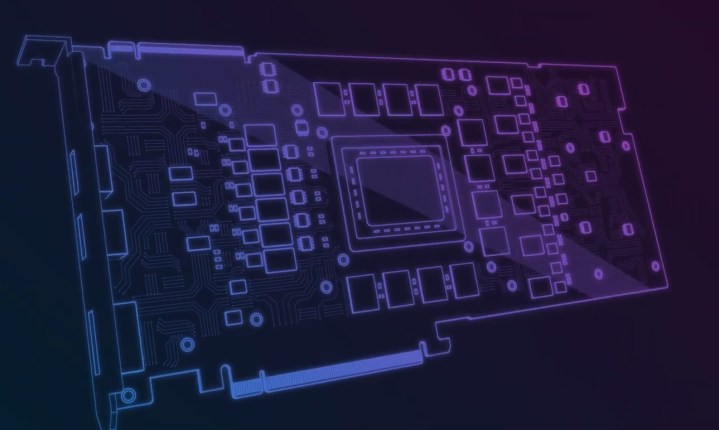GDDR7 memory is the next generation of graphics card memory that will power some of the best graphics cards of tomorrow, but it’s not here yet. The best graphics cards in 2023 all use some version of GDDR6 or GDDR6X memory. It’s fast, but GDDR7 VRAM promises to be faster still, and more energy efficient.
Here’s everything we know about GDDR7.

What is GDDR7?
GDDR7 is the next generation of GPU RAM that most next-generation graphics cards will likely utilize to enhance their available bandwidth and memory capacity. As modern games have begun to demand more from
Performance will be the big upgrade with GDDR7, though. Samsung has previously suggested its GDDR7 efforts can produce memory as fast as 36 Gbps. That’s more than 50% more bandwidth than GDDR6X and much more than GDDR6. Micron has also confirmed it’s working on GDDR7 memory with similar performance targets.
Micron has also detailed the production process, claiming that its GDDR7 will be produced using its deep ultraviolet lithography printing process, and will be built on its latest 1-beta, or 1ß, process node.
Energy efficiency will be improved too, with new read clock modes that allow the memory to be read in different fashions to maximize efficiency and reduce overall power consumption. This will be particularly useful in
Wondering if you need a VRAM upgrade? Here’s how to check how much VRAM your graphics card has.
GDDR7 vs. GDDR6 vs. GDDR6X
The fastest graphics memory currently available on modern graphics cards like the Nvidia RTX 4080, is GDDR6X memory running at 22.4 Gbps. AMD’s RX 7000
In comparison, GDDR7 is slated to run at up to 36Gbps. That’s a huge upgrade over the best cards of today, potentially unlocking a huge increase in memory bandwidth. It’s hoped that this could alleviate some of the bandwidth issues of recent-generation midrange cards which have suffered from poor memory quantities and limited memory bus-widths. However, the added cost of GDDR7 may mean it remains an exclusively high-end graphics card feature for the first generation, at least.

When will GDDR7 launch?
Micron has slated the availability of its GDDR7 VRAM beginning in early 2024. That could mean it’s not long until we see this graphics memory showing up in modern devices. However, Nvidia has also stated that its next-generation graphics cards, the successor to Ada Lovelace designs and a presumed RTX 5000 generation, won’t launch until 2025 at the earliest.
While it’s possible that AMD or Intel will debut new GPUs before then that use GDDR7, that’s pure speculation for now.
With a real drive towards AI developments in various industries of late, often with GPU acceleration, it’s likely that we’ll see GDDR7 make its first appearance on commercial and professional graphics cards first.
Editors' Recommendations
- What is RAM? Here’s everything you need to know
- Everything you need to know about buying a GPU in 2023
- Stable Diffusion PC system requirements: what do you need to run it?
- What is a meme? Here’s everything you need to know
- DDR5 memory: Everything you need to know




